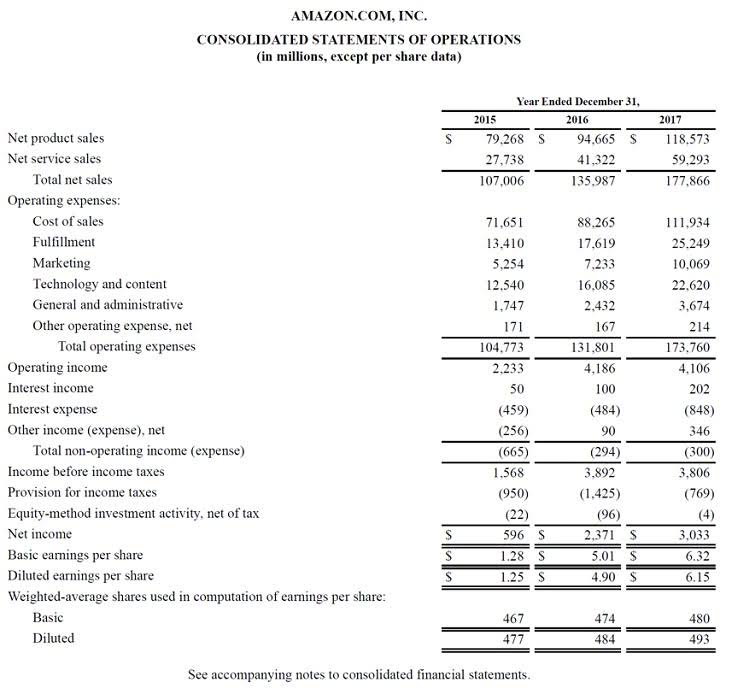
When a company files articles of incorporation, it must describe its share structure in the filing. This includes the different classes of shares that exist as well as the number of shares it can make available. If a condo has six units in it, each person who owns an apartment owns a share of the building. Because there are six units, there are a total of six shares in the building as a whole. If the condo association adds a new unit, there will now be seven shares, and each share is worth a smaller slice of ownership.
Shares Outstanding Vs. Float and Free Float Vs. Shares Outstanding

The “% Weight” for each period is 25%, since each time period represents a quarter of the fiscal year. For simplicity, we’ll also assume the conversion of diluted securities occurs on the same dates.
- This information is neither individualized nor a research report, and must not serve as the basis for any investment decision.
- For an illustrative, real-life example, the following screenshot below is of the income statement of Apple (AAPL) from its 10-K filing for fiscal year ending 2022.
- This refers to how many total shares the company has purchased back from investors.
- Those instruments can be “in the money” if the exercise price — the price designated for the stock by the option or warrant — is below the stock’s trading price.
What is the difference between Outstanding Shares and Treasury Shares?

Those companies buy back and retire shares, instead of holding them in the treasury. Treasury shares are the stocks a company bought back from investors but haven’t canceled. These shares are not available to the public so you should subtract them from issued shares. They also include outstanding shares and shares held in the company’s treasury. Using the SUMPRODUCT function, we’ll calculate the Certified Public Accountant weighted average shares outstanding over fiscal year 2021, which comes out to 448,265.
Diluted Earnings Per Share Calculation Example (EPS)
Public companies file financial reports with regulatory bodies such as the U.S. Companies either file a 10-K (annual report) or a 10-Q (quarterly report). After navigating to the company profile page, scroll down until you see a section titled “Key Statistics.” This section provides an overview of various stock metrics, Accounting for Technology Companies including shares outstanding.
Shares Outstanding in Financial Metrics
The market float is the number of shares trading, and the free float is the number of shares in private hands. However, a high short-interest ratio can convince some to sell shares and increase the market float. When somebody shorts a stock, she borrows the shares from a broker or platform. The borrower is betting she can make enough money from short-selling the stock to pay the broker and profit.

Outstanding shares represent the portion of a company’s issued shares that are actively held by investors and available for trading. These shares play a central role in determining a company’s market capitalization and impact financial metrics, such as earnings per share and dividends. Whether through stock issuances, buybacks or stock splits, the number of outstanding shares can fluctuate, influencing both a company’s financial strategy and investor returns. Understanding how outstanding shares function and change over time can provide valuable insights into a company’s ownership structure how to find shares outstanding and market performance.
Key Takeaways
Companies must provide regular reports of their balance sheet to investors as well as federal regulators like the Securities Exchange Commission (SEC). That means that a shareholder would have to own nearly 43 million shares to own a 1% stake in Tota-Tola. The company could increase the number of shares it has outstanding by issuing more stock or splitting its existing shares.
The resulting number shows the total number of shares held by all market participants. It is a crucial indicator for evaluating the market capitalization of the company and the possible influence of changes in the share price on the company’s overall value. Outstanding shares are a significant aspect of calculating the market capitalization of a company. Market capitalization, or market cap, is calculated by multiplying the number of outstanding shares by the share’s current market price. There is a relationship between authorized and outstanding shares, although they represent different characteristics of a company’s stock. The number of outstanding shares can never surpass the maximum number of authorized shares.
Start by visiting Yahoo Finance’s website and searching for your desired company name or ticker symbol in their search bar. As an aspiring investor, it is important to understand the significance of shares outstanding when analyzing a company’s stock. Shares outstanding refer to the number of shares that have been issued by a company and are currently owned by shareholders. This metric is critical in evaluating a stock’s valuation and market capitalization.




